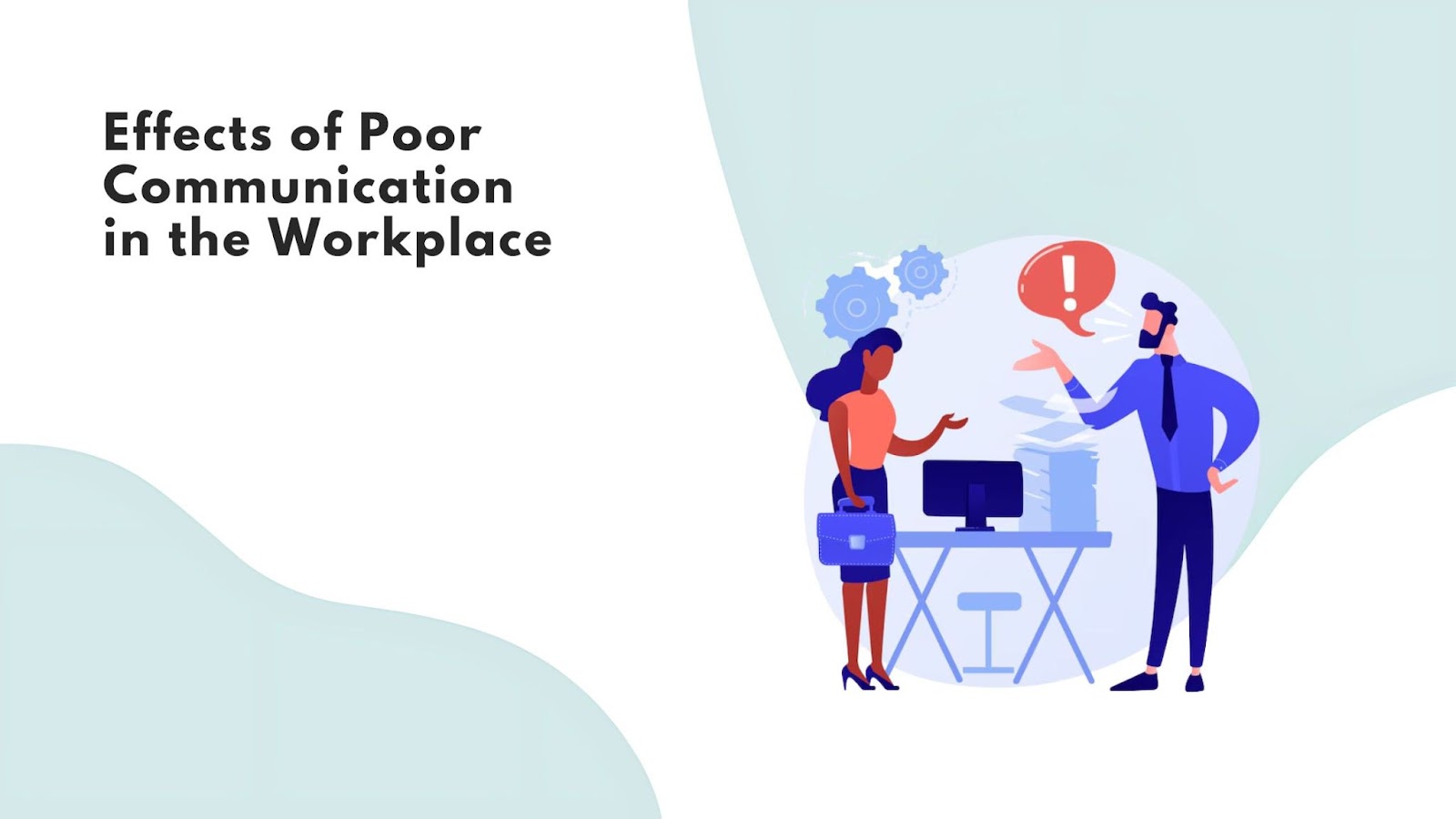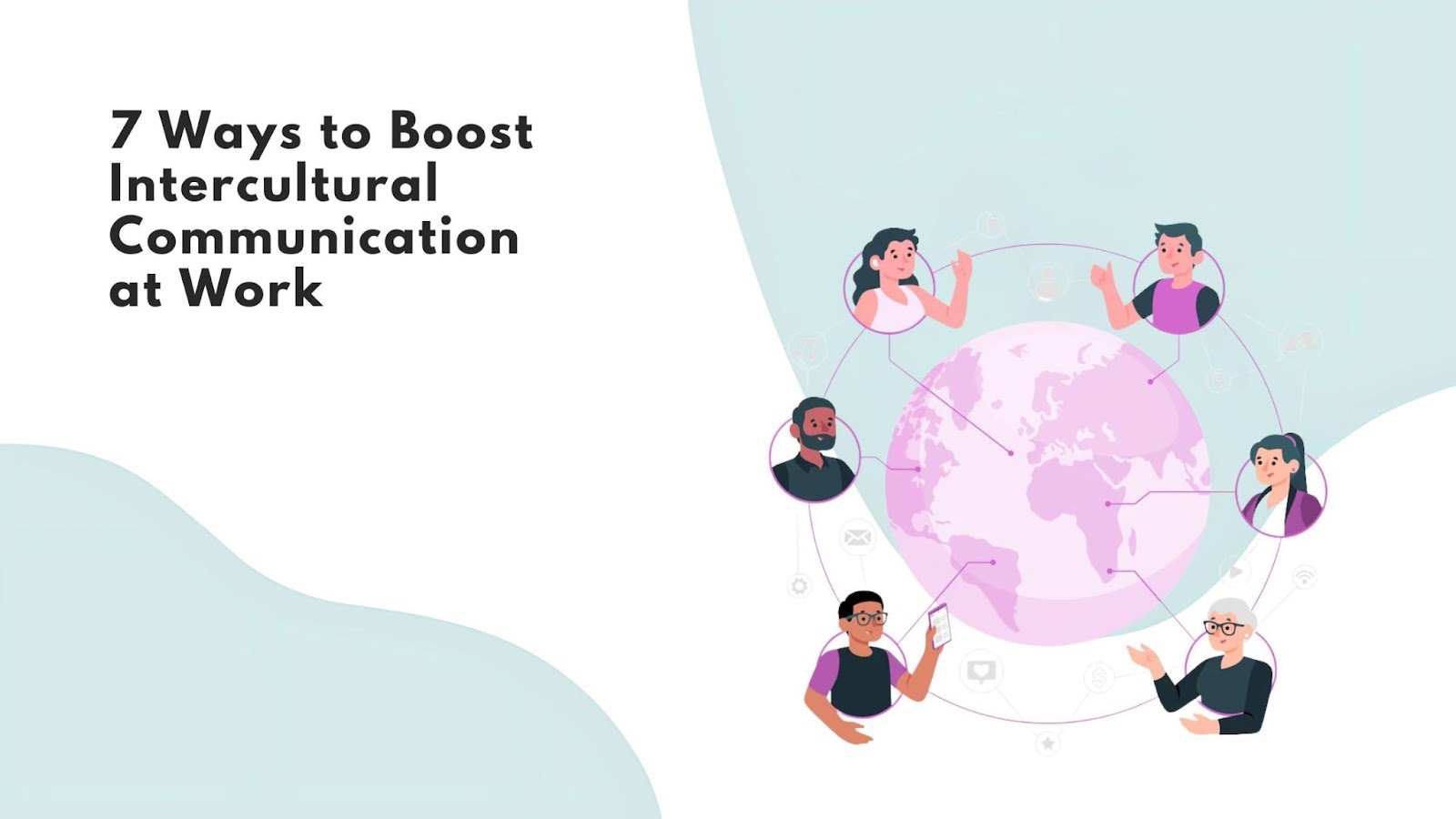
Overcoming Cultural Barriers In Communication 2025


Have you ever seen a small misunderstanding at work spiral into a bigger conflict than expected? Oftentimes, it’s not about the work itself but about how people from different backgrounds interpret words, tone, or actions. That’s where cultural barriers sneak in, often without anyone realizing.
Companies everywhere are waking up to this challenge. The cross-cultural training market alone is expected to grow by $1.93 billion at a 6.8% CAGR in the next few years. This clearly shows that businesses can’t afford to ignore the way culture shapes communication.
So, how do you identify and overcome these barriers before they slow your teams down? This blog explores the most common cultural barriers and their impact on a workplace. Stick till the end to discover practical ways to turn cultural differences into opportunities for teamwork.
In A Nutshell:
- Cultural barriers in workplaces affect communication, collaboration, and overall team efficiency.
- Six major barriers include language, perception, values, nonverbal cues, attitudes, and stereotypes.
- These barriers lead to trust issues, stereotypes, stalled innovation, and collaboration challenges in teams.
- Actively improving cultural diversity builds stronger collaboration, employee satisfaction, and organizational resilience.
- Overcoming barriers requires training, open communication, clear guidelines, leadership support, and inclusive strategies.
What Are Cultural Barriers In Business?
Cultural barriers in business can occur when values, behaviors, or communication styles don’t quite match. At first, these differences might feel small, but they can quickly lead to misunderstandings that affect trust and teamwork. For example, an informal style may be appreciated in one culture but considered unprofessional in another.
These differences can even make meetings and negotiations tricky. In some places, interrupting shows interest, while in others, it might feel disrespectful. When overlooked, these slow down collaboration and create unnecessary tension.
To better address these challenges, it helps to first understand what forms cultural barriers can take in the workplace.
Also Read: Workplace Communication Barriers Examples And How to Overcome Them
What Are The 6 Major Cultural Barriers?
Cultural and language barriers can show up in many forms, each affecting communication differently. Let’s walk through the most common ones you’re likely to see:
1. Language Barriers
Language is often the most obvious challenge. Misunderstandings arise when employees or partners do not share a common language. Even with translation tools, tone or intent may get lost.
Idioms, slang, or levels of formality add another layer of difficulty. Using an informal word in a professional setting, for example, may unintentionally offend someone.
2. Stereotypes
Assumptions about how people “should” behave often create distance. When people believe their culture is superior, they may dismiss others’ perspectives. This mindset often leads to tension and conflict.
In the workplace, this kind of bias discourages open conversations. It not only kills morale but also increases employee turnover.
3. Cultural Norms and Beliefs
Each culture has unique values that shape etiquette and business conduct. What’s acceptable in one setting, like bargaining, may be seen as offensive in another.
If leaders don’t set clear expectations, these differences can cause stress. Knowing the “why” behind someone’s behavior can save relationships from unnecessary friction.
4. Culture Shock
When employees enter unfamiliar environments, they may feel disoriented or overwhelmed. This reaction, known as culture shock, makes it harder to adapt to new norms.
Without support, employees may struggle to find their rhythm. That’s why patience, onboarding, and encouragement go a long way in helping them settle in.
5. Non-Verbal Communication
Body language says a lot, but it doesn’t always say the same thing everywhere. Direct eye contact, for example, might signal confidence in one culture and disrespect in another.
If those cues are misread, misunderstandings pile up. Awareness and curiosity about these subtleties are key for leaders managing diverse teams.
6. Symbols and Signs
Symbols carry meaning, and that meaning changes across cultures. A flower, a color, or even a hand gesture may feel positive to one person and offensive to another.
For global teams, it’s essential to know how these symbols translate. A small mistake here can leave a big dent in trust.
With an understanding of the key cultural barriers, it's important to see how these differences impact daily interactions and productivity in a workplace.
Break language barriers with Udext. With multilingual SMS, you can reach every employee in their preferred language, making communication inclusive and effective for multicultural teams.
{{see-udext="https://www.udext.com/symbols"}}
How Do Cultural Differences Affect The Workplace?
Cultural differences don’t just sit in the background; they shape how people talk, work, and even dress. When ignored, they build tension, but when respected, they create stronger collaboration and fresh ideas.
- Lack of Trust
When cultural barriers prevent employees from performing at their best, their skills may be questioned. Over time, this doubt weakens trust among colleagues and makes teamwork harder to sustain.
- “Us vs. Them” Mindset
Groups with different communication or working styles may begin to separate themselves. When employees feel their approach is constantly at odds with others, they may withdraw instead of contributing openly.
- Resistance to Innovation
In some cases, leaders unintentionally limit diversity by creating rigid policies. Employees may be hired from different backgrounds, but if new ideas are not welcomed, communication slows, and innovation suffers.
While these cultural differences can cause obstacles, actively improving diversity can solve these issues while offering immense benefits.
Also Read: How to Avoid Texting Miscommunication Within Teams
Why Should Businesses Actively Improve Cultural Diversity?
Creating an inclusive workplace goes beyond good intentions. It directly impacts communication, productivity, and employee satisfaction. Here are some reasons businesses should invest in improving cultural diversity:
Stronger Communication
Overcoming cultural barriers to communication helps employees understand each other clearly. With shared clarity, meetings run smoother, projects finish faster, and misunderstandings are reduced significantly.
Fresh Ideas and Creativity
When employees from different backgrounds share ideas, fresh solutions emerge. This mix often sparks creativity and innovative problem-solving. Diverse ideas also give your company a competitive edge by helping you find solutions others may overlook.
Greater Global Reach
A diverse workforce understands varied customer needs. This cultural awareness helps businesses connect with international clients, develop thoughtful strategies, and expand into new markets with confidence.
Compliance and Ethics
Many regions require organizations to prioritize diversity and inclusion. By taking action, you’re not only staying compliant but also showing a commitment to fairness and responsibility.
Enhanced Reputation
Companies that actively support inclusion earn a positive reputation among job seekers, clients, and stakeholders. This reputation attracts top talent, creates meaningful partnerships, and strengthens brand image.
So you’re on board with why cultural diversity matters, great! Now let’s talk about how to actually make it happen.
Also Read: 7 Tips to Improve Intercultural Communication in the Workplace
How To Overcome Cultural Barriers In A Workplace?
Cultural differences are natural, but they don’t have to become obstacles. By implementing the right practices, you can minimize misunderstandings and build a healthier work environment.
Invest In Language Support
Providing business language training ensures smoother communication between employees and clients. Pairing training with technology like translation apps or glossaries further reduces misunderstandings and builds trust.
- Provide structured business language courses.
- Use digital tools for real-time translations.
- Offer mentorship for employees to improve their language skills.
Promote Cultural Awareness
Workshops and cultural sensitivity training expose employees to new perspectives. Celebrating traditions or recognizing important cultural events creates an inclusive environment where differences are respected and valued.
- Host lunch-and-learn sessions about cultural practices.
- Recognize diverse holidays within your teams.
- Encourage respectful curiosity and learning.
Set Clear Standards Of Conduct
Establishing a code of conduct helps outline how employees should communicate and collaborate. Regular reviews and updates ensure it remains relevant and effective.
- Communicate behavioral expectations early.
- Involve employees in shaping the guidelines.
- Revisit the code annually for improvements.
Encourage Open And Clear Communication
Misunderstandings shrink when employees feel safe asking questions. Leaders should create communication channels that welcome feedback and ensure instructions remain simple and clear.
- Use visuals or written summaries for clarity.
- Avoid jargon or slang in professional exchanges.
- Promote active listening and patience.
Empower Leadership To Lead By Example
Leaders must model inclusivity. By championing diversity and encouraging respect, they set the tone for the entire workplace. When leaders embrace differences, employees follow suit.
- Provide leaders with cultural training.
- Hold managers accountable for inclusive practices.
- Recognize leaders who model inclusive behavior.
Want your diverse workforce to feel truly connected? Udext’s SMS-first platform ensures clear updates, feedback, and communication across 100+ languages and locations.
Additional Strategies For Managing Cultural Barriers Effectively
Building on the basics, here are additional strategies you can apply to sustain inclusion in your workplace:
- Define Objectives Clearly: Identify why managing diversity matters for your organization and align it with business goals.
- Assign Responsibilities Thoughtfully: Make sure leadership and employees know their roles in diversity initiatives.
- Assess Current Gaps: Evaluate where communication struggles or misunderstandings occur and track existing progress.
- Create a Long-Term Plan: Develop structured strategies for training, communication, and policy updates.
- Implement With Transparency: Communicate the reasons for new measures and include employees in the process.
- Review and Adjust Regularly: Measure the effectiveness of strategies and adapt based on employee feedback and results.
Also Read: Business Texting Etiquette: Rules and Tips for Professional Communication
Final Thoughts
Overcoming cultural barriers is not just about fixing communication issues, but about building workplaces where everyone feels understood, valued, and included. From addressing language gaps to embracing diversity, the steps you take today can lead to stronger collaboration, improved morale, and long-term business growth. By supporting a culture of respect and inclusivity, businesses can bring innovation and strengthen their global reach.
If you’re looking for a simple way to connect your diverse teams, Udext makes it easier. With features like multilingual messaging, two-way SMS, real-time feedback, and universal mobile accessibility, it helps you break cultural and language barriers effectively. Ready to see how it works?
{{improve-comm="https://www.udext.com/symbols"}}
FAQ’s
1. What are the barriers in a multicultural workplace?
Barriers in a multicultural workplace often include language differences, varying communication styles, and contrasting expectations around authority or teamwork. These challenges can affect collaboration, but with the right strategies, they can be managed effectively.
2. What are some examples of cultural differences in the workplace?
Examples include how employees prefer to receive feedback, their approach to teamwork, or their communication style. Even simple things like dress codes or attitudes toward punctuality can differ across cultures.
3. What are the five main barriers created by cultural diversity?
The most common barriers are language challenges, stereotypes and bias, differing values and beliefs, non-verbal misinterpretations, and contrasting workplace etiquette. Addressing these helps create a more inclusive and respectful environment.
Need to improve your internal comms? Take a look at Udext!
"Out of the box, Udext has everything you need to elevate your internal communication. It’s incredibly easy to set up and use, with a straightforward interface and great customer support"
John D.
Director of HR at Apex Manufacturing


.svg)


.jpeg)



